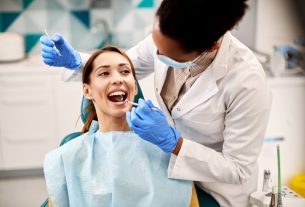Breast cancer in women under 40 can be more aggressive. This is because there are chances of genetic mutation as a risk factor
The incidence of breast cancer is very high in Brazil and around the world. Basically, data indicates that one in every 10 or 8 women is at risk of having breast cancer throughout their lives.
And when it comes to older ages – over 50 years old, for example – the disease is commonly reported in 80% of cases. However, at younger ages, the disease tends to be even more aggressive.
Nowadays, treating breast cancer is no longer a “taboo”. But why is this disease so aggressive at certain ages?
In general, this happens because in women under 40 years of age, breast cancer may have a genetic mutation as a risk factor.
Breast cancer x genetics
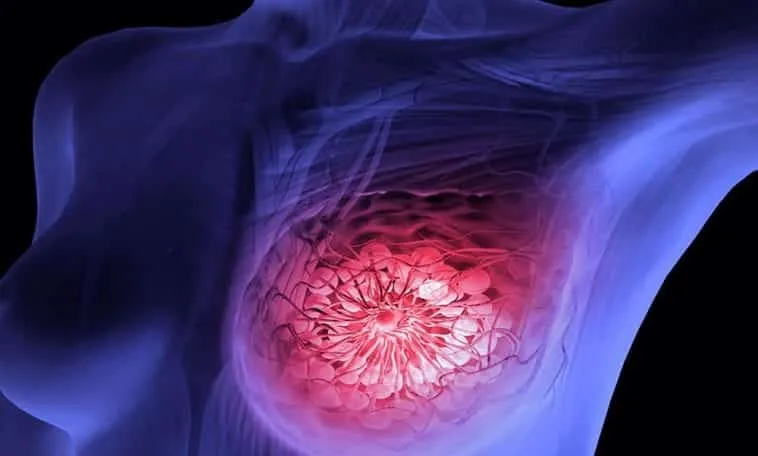
For example, women with family members who carry mutations in the BRCA1 and BRCA2 genes are more likely to develop the disease. These, by the way, are tumor suppressor genes.
But, of course, all family members of someone who has this characteristic necessarily inherit the genetic mutation. However, women who have these genes are at greater risk of developing breast cancer.
Therefore, high breast density in younger patients is a worrying factor for the incidence of the disease. This, in fact, contributes to the diagnosis at an advanced stage.
Breast Cancer: Constant Prevention
Basically, constant prevention is the key word for any woman. By the way, early diagnosis is the rule when it comes to breast cancer.
The Brazilian Society of Mastology advises that mammography monitoring begins at the age of 40. And this goes for women in general.

On the other hand, when it comes to High Risk patients, exams should start even earlier. In fact, depending on the risk and family history, it is necessary to start mammography and breast resonance imaging at around 30 years of age.
Above the age of 50, the risk increases more and, in fact, it is from this age group that 80% of cases arise. Mainly in women who have never taken prevention before.
In another 7%, the disease is diagnosed in women under 40 years of age. Other cases are registered in different phases and total 13%.
There are still few forms of prevention, as there is no known cause for the development of most breast cancers. However, some actions aim to reduce risks:
- Restrict alcohol consumption and maintain the maintenance of an ideal body weight;
- Breastfeed! Women who breastfeed for more than six months are less likely to develop cancer, as this natural protection replaces glandular tissue with fat in the breasts;
- Practice physical activity. In addition to breast cancer, a number of diseases may have a reduced risk of occurrence when you exercise your body;
- Eating healthy. A nutritious and balanced diet is a great ally of physical exercise.
How to identify breast cancer
There are no specific rules for performing self-examination or popularly known as touch. Just pay attention to recognizing small changes in the breasts, such as:
- Lump, a fixed and normally painless nodule;
- Breast skin with an appearance similar to orange peel, reddish or retracted;
- Small lumps in the armpit area or on the neck;
- Changes in the nipple;
- Spontaneous release of liquid from the nipples.
In its initial stage, the disease does not present symptoms, so it is important to carry out this procedure whenever possible, whether when bathing, changing clothes or at any suitable time.
If you identify any of these characteristics, it is important to seek medical help as soon as possible.
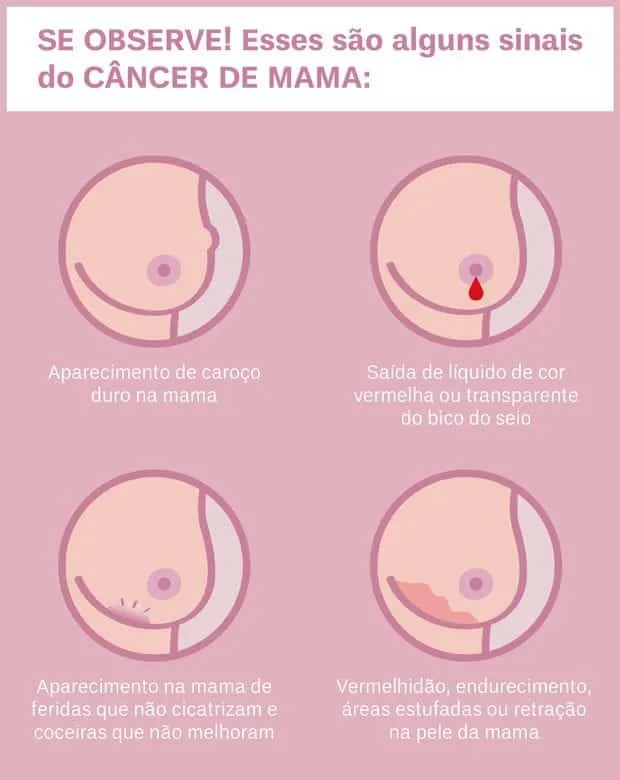
The risk of breast cancer can be high, and carrying out tests can help with early diagnosis and generate better results with treatment. Your doctor may recommend tests such as:
- Mammography, using a device called a mammograph, can identify benign lesions and cancerous nodules that are imperceptible during clinical examinations or self-examination.
- Ultrasound or MRI.
Breast cancer: Essential tips for carrying out exams
During a mammogram, some women may feel discomfort or pain, which generally does not prevent the exam.
These inconveniences are small and temporary given the importance of mammography for health. So don’t worry because everything will be fine.
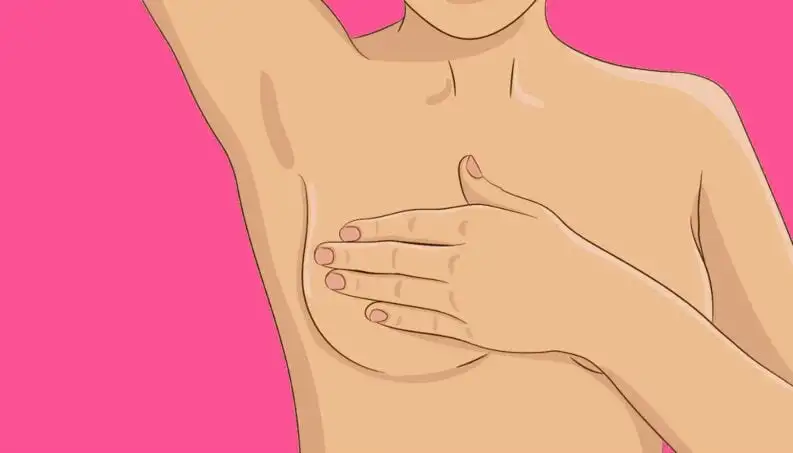
Check out some tips:
- Avoid scheduling the exam right before or after your period. The ideal is during the second and third weeks of the menstrual cycle, as during this period there is less density of the glandular tissue in the breasts, making the examination more detailed and with less discomfort.
- On the day of the exam, choose clothes that can be easily taken off and put on.. The ideal is to wear two pieces, with a buttoned shirt.
- Talk to your doctor if you experience muscle stiffnessdifficulty lifting your arms or other problems that may make it difficult to maintain the correct position on the device.
- The use of silicone prostheses should also be reported to the doctor.
- O The professional who assists you will position you correctly on the mammogram. The exam is quick and you should feel comfortable.
- If there is clinical indication, pregnant women can also undergo mammography. In this case, a lead apron is used to protect the fetus.
Fun fact: Breast reconstruction is possible through the SUS
Doctor Luiz Humberto Garcia de Souza, plastic surgeon and president of the Brazilian Society of Plastic Surgery in the Goiás region (SBCP-GO), in an interview with the newspaper O HOJE, considered that a woman who loses her breast generally faces problems with extreme psychological.
The factor is so important for them that in large hospitals, the main ones in the country, the Unified Health System (SUS), covers breast reconstruction operations.
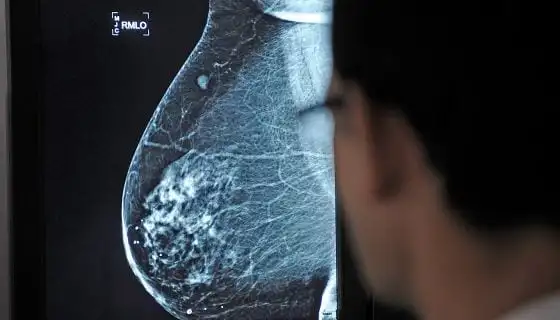
For Souza, the lack of exams and the lack of culture in the practice of self-examination, especially at ages 30 and over, are the main problems for those faced with breast cancer.
With patients in whom a malignant neoplasm is identified, medical professionals, in addition to surgery, perform breast reconstruction.
“We use prostheses or materials from the person themselves for this, in each case we perform a different reconstruction”, concludes the professional to the newspaper.
And, speaking of self-care and the importance of prevention, check out: Pink October: what is it, how did it come about and why is it so important?
Source: Brazilian Society of Mastology, Claudia, Jornal O Hoje, R7 Saúde.
Images: Message with love, Socientífica, UNB, El País, Vix

Sign up for our newsletter and stay up to date with exclusive news
that can transform your routine!
Warning: Undefined array key "title" in /home/storelat/public_html/wp-content/plugins/link-whisper-premium/templates/frontend/related-posts.php on line 12
Warning: Undefined array key "title_tag" in /home/storelat/public_html/wp-content/plugins/link-whisper-premium/templates/frontend/related-posts.php on line 13



